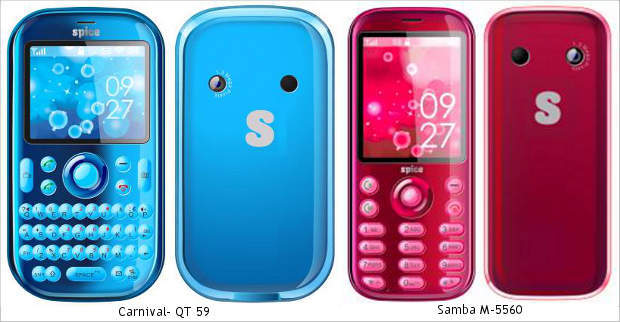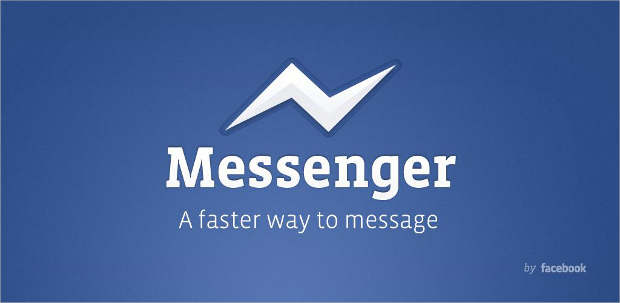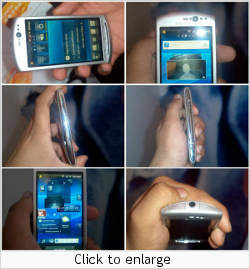Most mobile phones, except the very basic ones, possess camera ranging from 0.3 megapixels to as high as 14 megapixels. The cameras of newer models, especially of the smartphones, are even better allowing users to click pictures whose quality if not superior can be compared to pictures taken with a dedicated camera.
However, a powerful lens would not ensure a better picture. Instead, there are certain basic procedures which if followed would help users make their mobile phone clicked pictures look better.
Here are some simple things users can do to improve the quality of the photographs taken from phones:
Most smartphone users tend to begin the editing of their images right away on their phones as it is easy to launch an App and do it. However, editing images on a computer is a far better choice considering the bigger screen and the editing tools one get on a normal PC.
Users should make sure they take their pictures in colour at high Resolution to keep their options open at the time of processing of the images. The colour pictures can always be converted into black and white but if the pictures have been taken in black-and-white, they can’t be made colour.
Even if a picture looks like a mistake, users would do well to hang on to it till they see it on a computer. Chances are, the pictures don’t look that good on a mobile may do on the computer. If the images look good on the PC monitor, good enough, if they don’t the users always have the option to delete the images later. Many times, even the mistakes and blurred images begin to look good on a PC or a Mac.
The smartphone users are always tempted to use the zoom feature on their camera phones. The Digital Zoom makes the images pixelated. Those users who do not intend to print the pictures for later use may use the digital zoom feature.
Some smartphones are now coming out with optical zooms as well, wherein the image quality is not affected by zooming and even full resolution of the camera can be used on the zoomed image.
There are numerous camera phones in the market which come with adjustable white balance, thus allowing the users to manage the colour balance in their images. Users need to experiment with their pictures a lot to control this feature in their camera phones, but once they master it, the picture quality improves considerably.
Last but not the least, knowing when the shutter of camera goes off is important for the users to understand what kind of pictures to expect from their camera phones.





